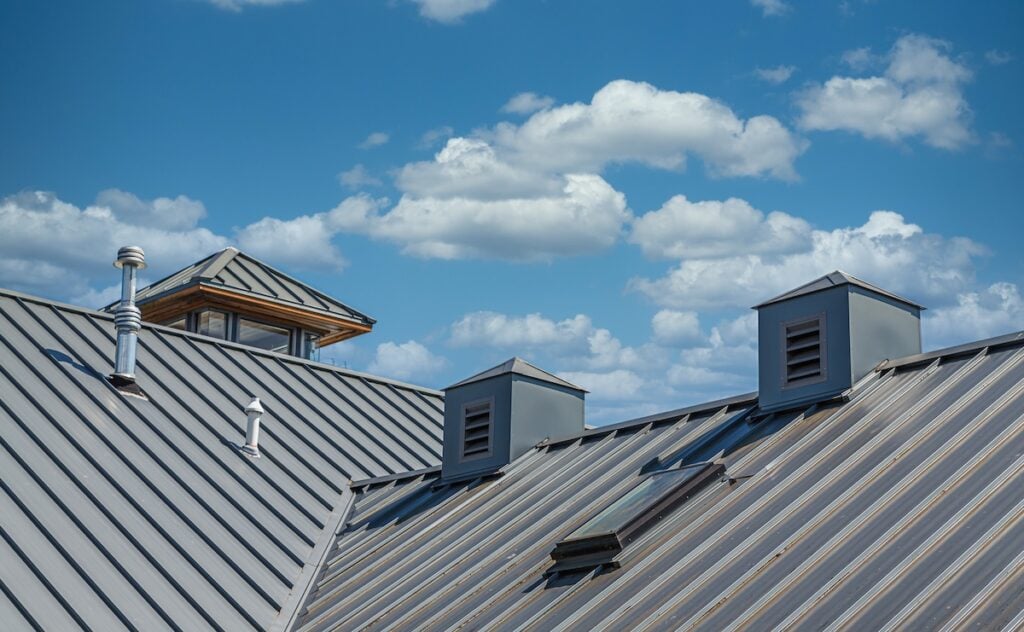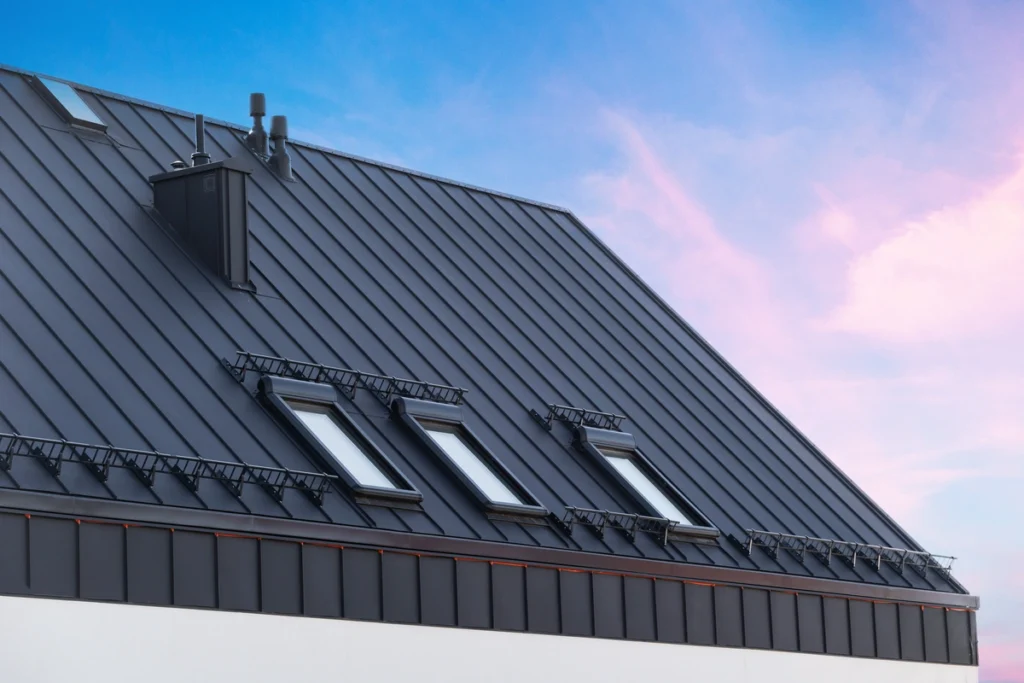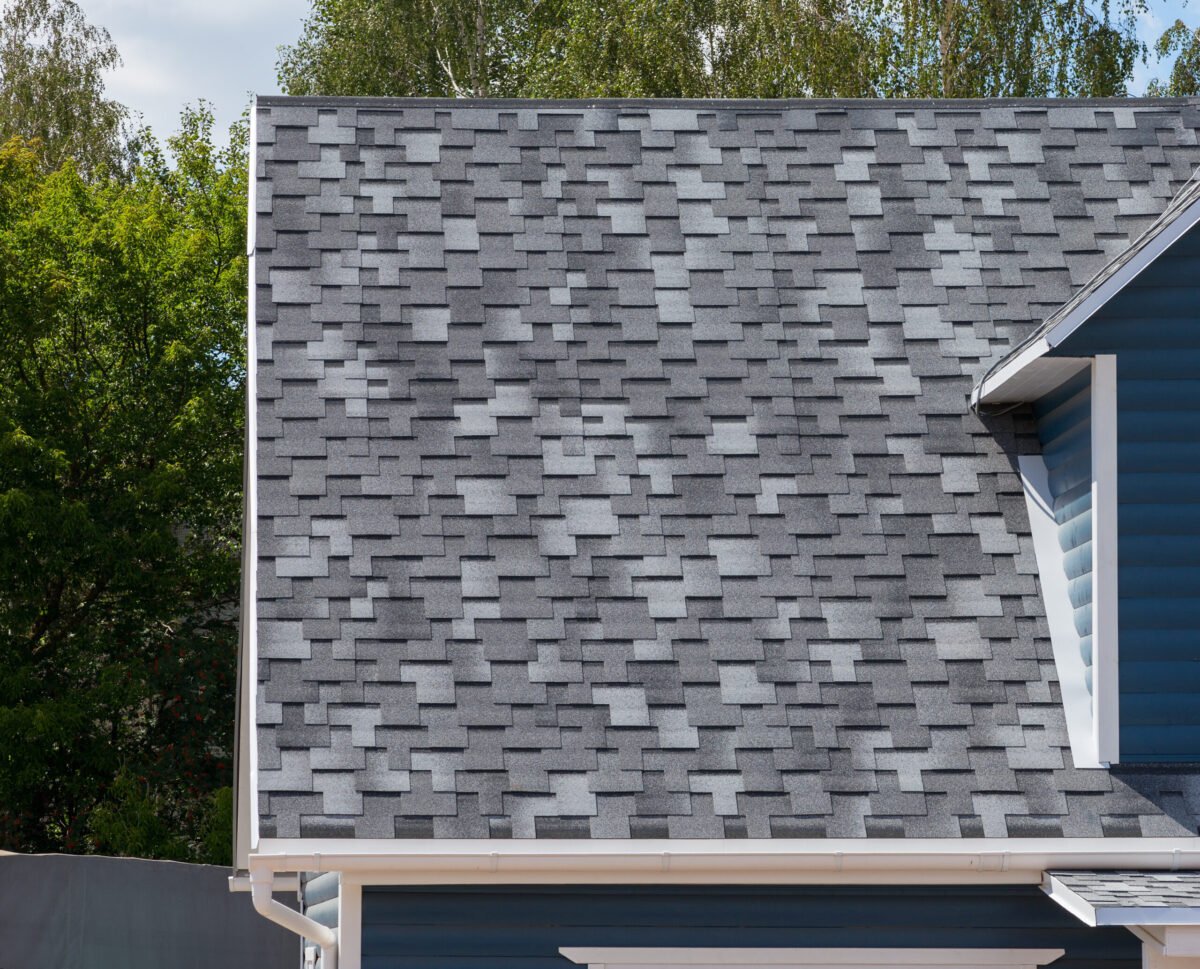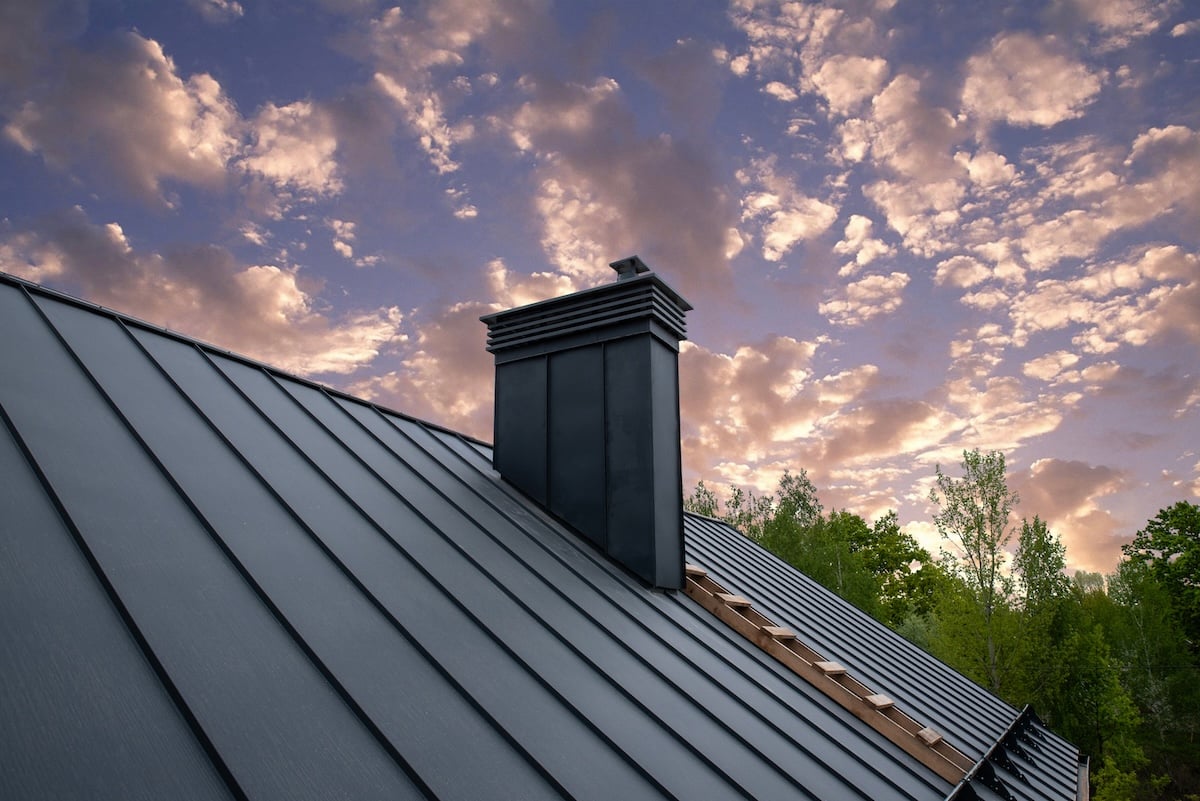
How Long Does a Metal Roof Last? (Maintenance Tips)
Metal roofs are celebrated for their durability and longevity, offering homeowners an excellent return on investment when it comes to roofing materials. But how long does a metal roof last, and what can you do to ensure it reaches its full lifespan? If you’re considering a metal roof or just want to extend the life of your current one, this guide is for you.
We’ll cover:
- The average lifespan of metal roofs
- Factors that influence a metal roof’s longevity
- Maintenance tips to maximize its lifespan
🔎 The Lifespan of Metal Roofs

Metal roofs are among the most durable roofing materials available, with a lifespan ranging from 40 to 70 years or longer. Many factors contribute to their longevity, such as the type of metal used, installation quality, and level of maintenance.
Comparing Metal Roof Lifespans to Other Roofing Materials:
- Asphalt shingles: 20–30 years
- Wood shakes: 20–25 years
- Clay tiles: 50+ years
- Slate: 75–100 years
Metal roofs fall in the sweet spot of longevity, being more durable than asphalt shingles and wood shakes while offering a lifespan comparable to high-end materials like slate and clay tiles at a lower cost.
How Does a Metal Roof Compare to Other Materials?
While the durability of metal is well-established, it’s worth noting how it stacks up against other popular roofing materials. Its lifespan of 40 to 70+ years is a significant advantage over traditional asphalt shingles. For a more comprehensive look at the longevity of different roofing options, read our guide on how long a roof lasts.
💡 6 Maintenance Tips to Maximize Your Metal Roof’s Lifespan

Routine maintenance plays a crucial role in extending the life of your metal roof. Here are actionable tips to keep it looking great and performing well for decades.
1. Conduct Regular Inspections
Regular roof inspections are crucial to maintaining the longevity of your metal roof. Schedule inspections at least twice a year, ideally in the spring and fall, and always after extreme weather events like storms or heavy snowfall. During these inspections, look for signs of rust, dents, loose or missing fasteners, and any visible damage that may compromise your roof’s integrity. Pay extra attention to areas around flashing, chimneys, and vents, as these spots are more prone to leaks and wear over time. Detecting problems early can save you from costly repairs down the road.
2. Clean Your Roof and Gutters
Keeping your roof and gutters clean is essential for preventing long-term issues. Debris like leaves, twigs, and dirt can accumulate on your roof, leading to water pooling, which may weaken the roof’s surface and its protective layers. Additionally, clogged gutters can cause water to overflow, increasing the risk of moisture buildup near the roofline and potentially causing leaks. Regularly remove debris from your roof and clear out your gutters to ensure proper drainage and maintain the overall health of your roof.
3. Repaint or Reapply Protective Coatings
Over time, the paint or protective coatings on your metal roof will fade or wear thin due to exposure to sunlight, rain, and other elements. Repainting your roof every 10–15 years is a simple yet effective way to restore its appearance, reinforce its protective properties, and prevent damage from rust or corrosion. Reapplying protective coatings can also provide an additional layer of defense against harsh weather conditions, extending the lifespan of your roof significantly.
4. Fasteners and Seals
Fasteners and seals play a critical role in keeping your metal roof secure and watertight. Over time, screws and fasteners can become loose or corroded due to constant exposure to the elements. Regularly inspect these components and replace any that show signs of wear or rust. Similarly, check the seams and joints of your roof for failing seals, which could lead to water leaks if left unaddressed. Apply sealant as needed to ensure your roof remains properly sealed and protected.
5. Protect Against Rust
Rust and corrosion are common issues for metal roofs, especially if the protective coating has been compromised. If you notice rust spots, address them immediately by treating the affected areas to prevent the rust from spreading further. Depending on the type of metal used for your roof, you may want to apply anti-rust treatments or products specifically designed to protect against corrosion. Taking these precautions will help maintain your roof’s durability and appearance for years to come.
6. Trim Overhanging Branches
Trees near your home can pose a threat to your metal roof if their branches are allowed to overhang or grow too close. Overhanging branches can scratch or dent the roof’s surface, while falling leaves and debris can accumulate, leading to water pooling and potential damage. Regularly trim back any branches that are too close to your roof to prevent these problems and reduce the amount of debris that collects. Proper tree maintenance not only protects your roof but also enhances the overall safety of your home..
👉 Factors Influencing Metal Roof Longevity

Understanding the factors that influence metal roof longevity is crucial for making informed decisions about durability and maintenance. It helps ensure your investment lasts for decades with minimal issues.
1. Material Type
The type of material used for a metal roof plays a significant role in its durability and performance. Steel is one of the most commonly used materials due to its strength and durability. It is often coated with protective layers to resist corrosion, giving it a lifespan of 40 to 70 years when properly maintained. Aluminum, on the other hand, is lightweight and naturally rust-resistant, making it an excellent choice for coastal environments where moisture and salt exposure are high. Aluminum roofs can last over 50 years. Copper is another popular option, valued for its durability and aesthetic appeal. Over time, it develops a unique patina that enhances its appearance while offering exceptional resistance to the elements, with a lifespan that can exceed 100 years. Zinc is also a durable and versatile option, known for its self-healing properties when scratched. It can last anywhere from 60 to 100 years, making it a reliable and long-lasting choice for metal roofing.
2. Coatings and Finishes
The coatings and finishes applied to a metal roof are essential for protecting it against the elements and extending its lifespan. Protective coatings, such as galvanized or galvalume finishes, are specifically designed to shield the roof from corrosion and damage caused by environmental factors like moisture and UV rays. These coatings form a barrier that prevents the underlying metal from deteriorating, ensuring the roof remains intact and functional for decades. High-quality coatings not only enhance durability but also improve the roof’s appearance by offering a variety of colors and finishes to complement the building’s design. Investing in a well-coated roof can significantly reduce the risk of damage, ensuring long-term performance and minimal maintenance.
3. Proper Installation
Even the most durable metal roof can fail if it is not installed correctly. Proper installation is critical to ensure the roof performs as intended and lasts for its full lifespan. Poorly installed panels can lead to serious issues, such as water leaks that compromise the building’s interior, rust that weakens the material over time, and even premature roof failure that requires costly repairs or replacement. Hiring experienced professionals who are trained in metal roof installation is essential to avoid these problems. A well-installed metal roof not only protects against the elements but also ensures that the roof design is optimized for maximum efficiency and durability.
4. Environmental Conditions
The local environment plays a crucial role in determining how long a metal roof will last and how well it will perform. In areas with harsh climates, such as coastal regions with saltwater exposure or locations prone to severe hailstorms, the roof may experience wear and tear more quickly. Additionally, overhanging trees can pose a risk to the roof by depositing debris or causing scratches and dents through contact with branches. Regular maintenance, such as removing debris and pruning nearby trees, can help minimize these risks. Prolonged sun exposure in areas with intense UV radiation can also cause the paint finishes on metal roofs to fade or wear down over time, potentially impacting the roof’s appearance and protective properties. By considering environmental factors and taking preventive measures, homeowners can ensure their metal roof remains in excellent condition for decades.
🏠 Why Roof Tiger Is Your Trusted Roofing Partner
When it comes to the longevity of your metal roof, proper installation and maintenance make all the difference. That’s where our team at Roof Tiger comes in. With years of experience, top-notch materials, and a commitment to excellence, we ensure your metal roof stands the test of time.
Whether you’re considering a new metal roof or need maintenance for your existing one, trust us to deliver results you can count on. Ready to get started? Schedule your free roofing consultation today and let us help protect your home with a roof built to last.






